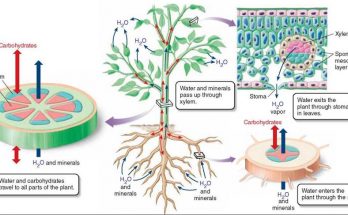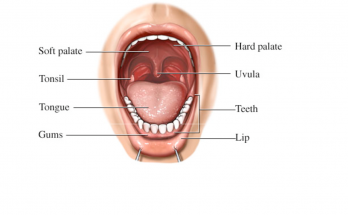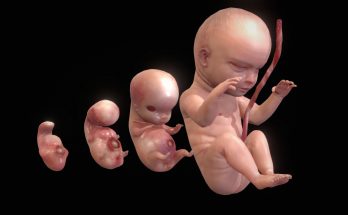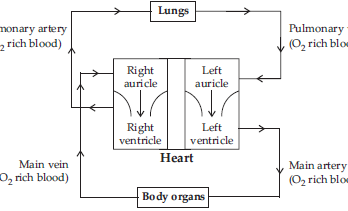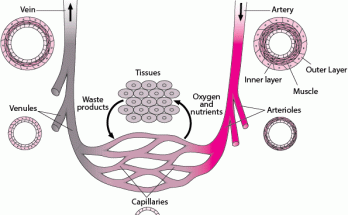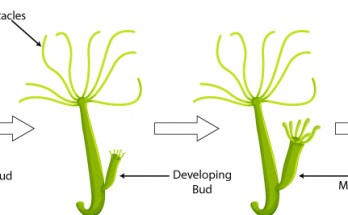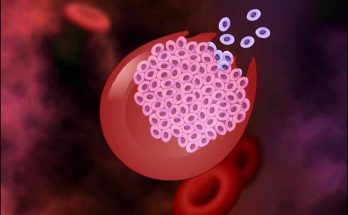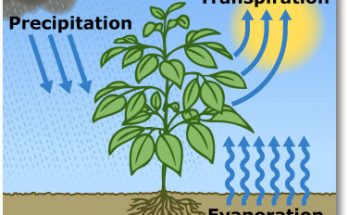
11 key Differences Between Transpiration and Evaporation
Explore the 11 Key Differences Between Transpiration and Evaporation in this insightful article. Understand how these two distinct processes impact our ecosystem. From biological and physical distinctions to environmental effects, each aspect is clearly explained for easy comprehension. Ideal for students and educators seeking clarity on these vital natural phenomena.
11 key Differences Between Transpiration and Evaporation Read More